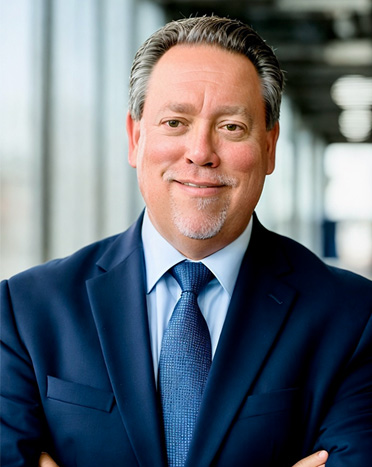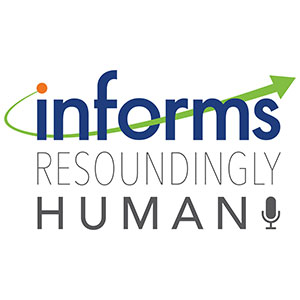
Study on firms' return policies offers guidance on pricing, returns, refunds
Because customers who shop online cannot try on their purchases, a third of all Internet sales get returned. But handling these returns is costly, giving retailers that have both physical stores and digital sales a clear advantage over retailers that operate only online. A new study examined the decisions around the pricing and return policies of a retailer with both stores and online sales to help explain why some firms opt to fully refund customers for their returns while others charge a fee for online returns. The findings offer guidance to retailers about pricing and policies on returns and refunds.















